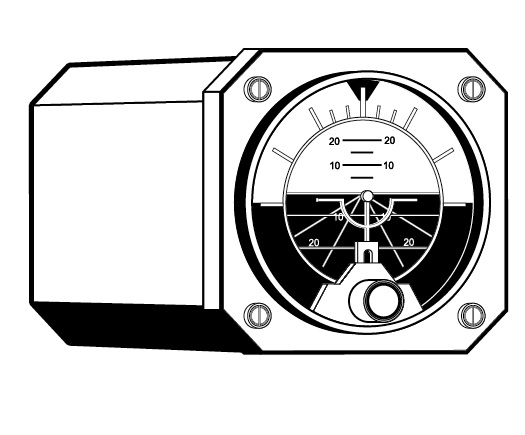
The attitude indicator (AI) is the centerpiece of the instrument panel for good reason: It shows the airplane’s orientation relative to the horizon at a glance.
The AI (also known as the gyro horizon or artificial horizon) has been a staple of instrument flying for more than 75 years. Generations of pilots have placed the AI at the center of their scan, the constant cross-referencing that pilots must perform to control their aircraft without external visual references.
But AIs aren’t infallible, and instrument pilots prepare for AI failures. The AI depends on a devilishly complex series of mechanical gimbals and a gyroscope that’s traditionally powered by an air pump, called a vacuum pump. Internal parts can stop working without warning, and so can the air pump itself. When that happens, pilots must be prepared to fly “partial panel,” relying on other instruments.
Also, AI gimbals usually have pitch and bank limits, and if an aircraft exceeds them, the AI can tumble, no longer showing the airplane’s true attitude.
Newer, more reliable digital AIs made up of solid-state electronics are beginning to replace older, mechanical versions. The new models typically come with backup batteries that allow them to continue working if the aircraft electrical system fails, and they’re not subject to pitch and bank limitations.
All AIs manufactured in Western countries have certain similarities in their displays. There’s a horizon line with blue above and brown below; a miniature airplane; pitch lines that show whether the airplane’s nose is pointing up or down; and a bank angle index with hashed lines at 10, 20, 30, and 60 degrees.
Keep the blue side up!






